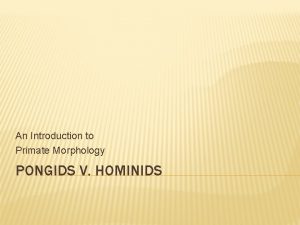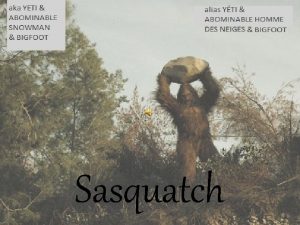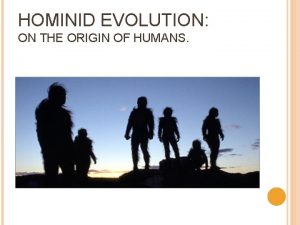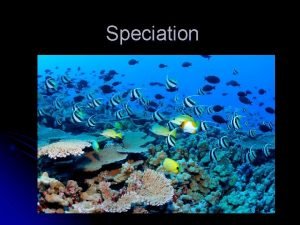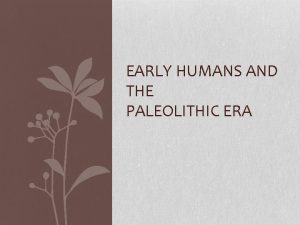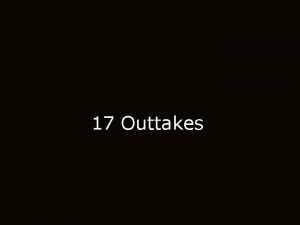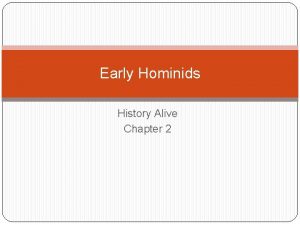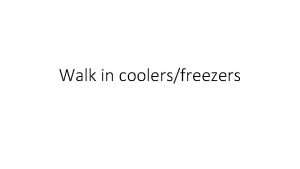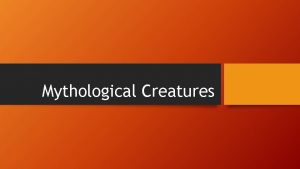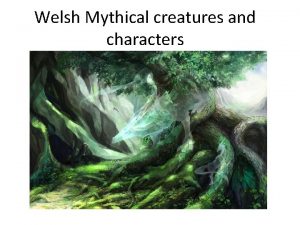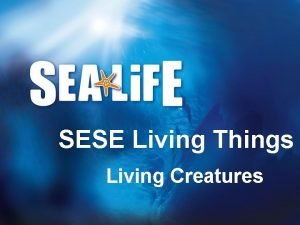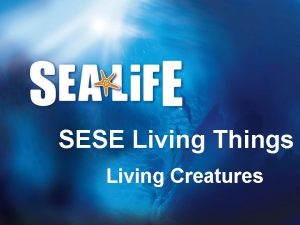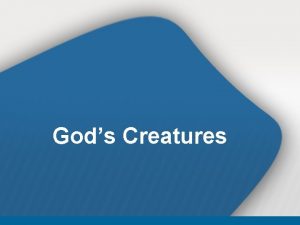HOMINIDS Humans and other humanlike creatures that walk











- Slides: 11

HOMINIDS Humans and other humanlike creatures that walk upright

Australopithecines • • • Appeared about 4 -5 million years ago Found in Africa Stood upright and walked on two legs Name means “southern ape” Brain was one-third the size of humans today

Homo habilis Appeared about 2. 4 million years ago Found in Africa Learned to make and use crude stone tools Had more humanlike features, such as smaller teeth and hands that were better able to grasp objects • Name means “handy man” • Brain was half the size of humans today • •

Homo erectus • Appeared about 2 -1. 5 million years ago • Started out in Africa, then spread to Europe and Asia – first hominid to leave Africa • Used early stone tools, such as the hand ax • Learned to control fire • Name means “upright man” • Larger brain than earlier hominids

Homo sapiens • Appeared about 250, 00 - 200, 000 years ago • Started out in Africa and migrated around the world • Beginning of modern humans • May have been the first to develop spoken language • Name means “wise human being” • Split into two subgroups: – Neanderthals – Homo sapiens

Neanderthals Appeared 200, 000 – 30, 000 years ago Found in Europe and Southwest Asia First early people to bury their dead Used a variety of stone tools and made clothes from the skins of animals • Died out, possibly due to a conflict with the Homo sapiens • •

Homo sapiens • Appeared 200, 000 – 150, 000 years ago • First anatomically modern humans • Started to spread outside of Africa about 100, 000 years ago • All humans today belong to this subspecies • Name means “wise, wise human being”

Cro-Magnons • Appeared about 40, 000 years ago • Sturdy and muscular, they were physically identical to modern humans • Made finely crafted tools and cave art

Spread of the Hominids • One major reason why hominids migrated was a change in climate • The Ice Ages = periods of freezing weather that started about 1. 6 million years ago – The Ice Ages created large sheets of ice called glaciers that advanced and retreated – As glaciers advanced, the ocean levels dropped, exposing land bridges • Moved from Africa to the Middle East (Southwest Asia), then to Asia and Australia, next up was Europe and northern Asia (colder) • Finally people arrived in the Americas, probably by crossing a land bridge in the Bering Strait • By 9000 BC humans had spread to six continents

Discoveries • 1959 Mary Leakey found parts of a skull that were 1. 75 million years old – The skull had a heavy jaw and large teeth and was nicknamed the “nutcracker man” – was an Australopithecine • 1947 Donald Johanson found a partial Australopithecine skeleton more than 3 million years old – Johanson named the skeleton Lucy – Lucy was determined to be about four feet tall • 1970 s Mary Leakey found footprints preserved in hardened volcanic ash made by Australopithecines about 3. 5 million years ago • 2001 scientists found a skull in Chad that is 6 -7 million years old

The Iceman named Otzi • His remains were discovered by hikers in the Alps in 1991 • He is 5, 300 years old • Very well preserved due to being frozen • Found with numerous articles of clothing, tools, and weapons • Murdered?
